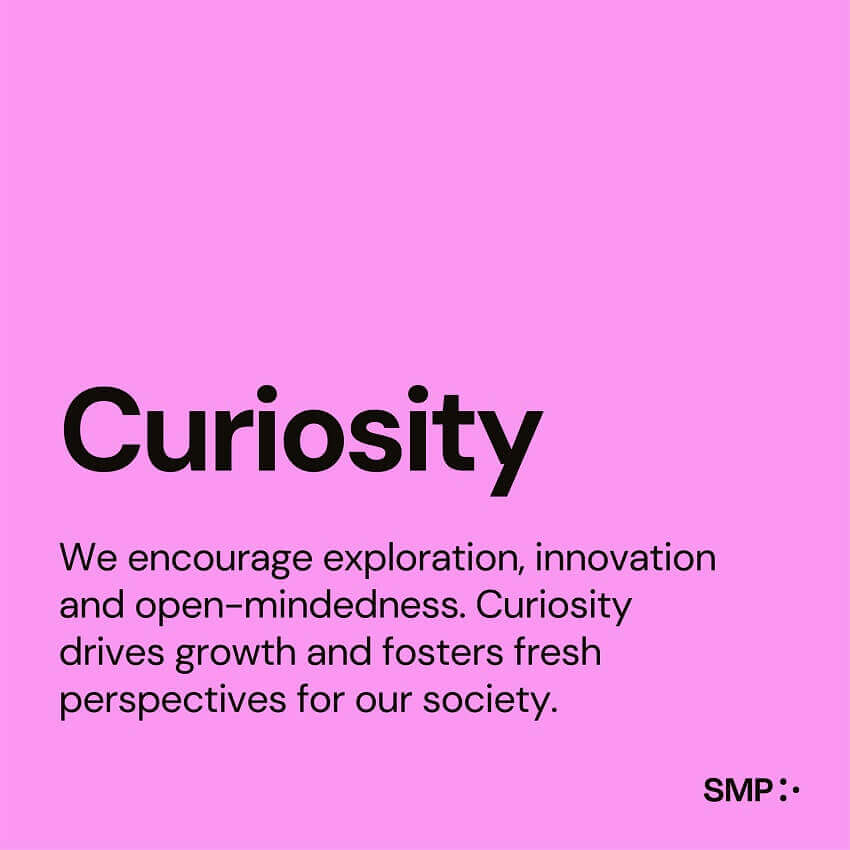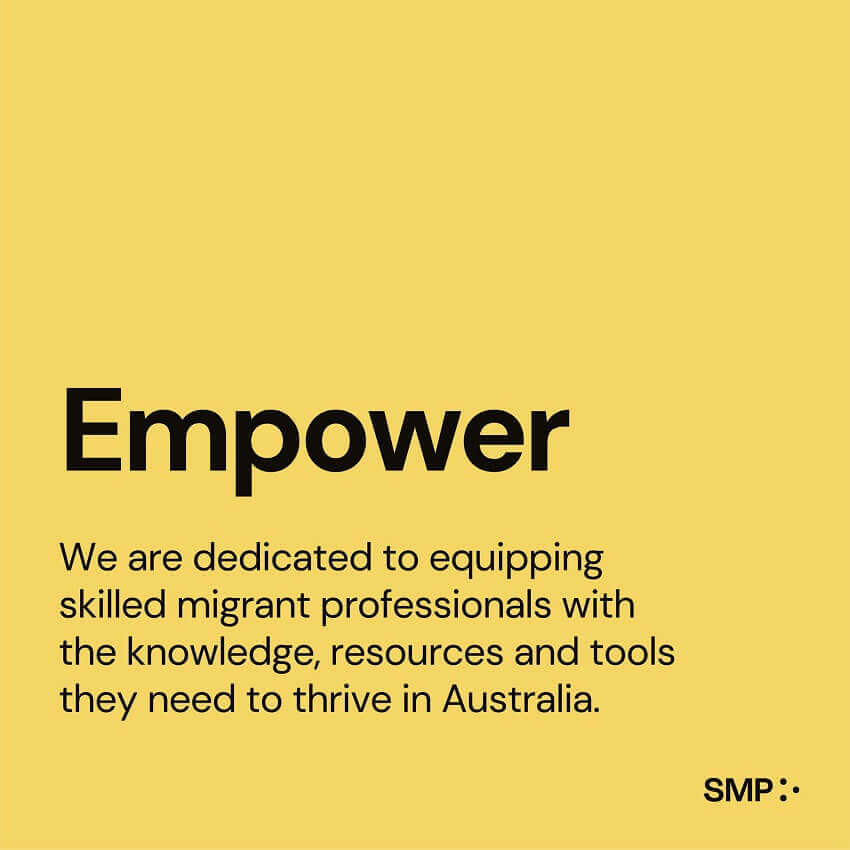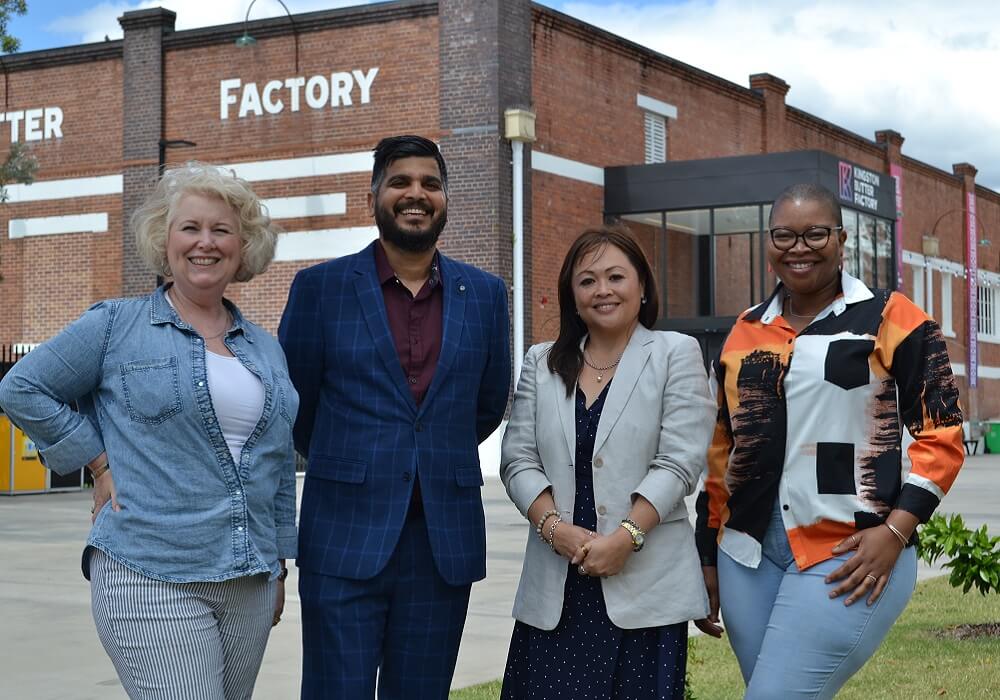Effective feedback can be a game-changer within the workplace. Whether you are a skilled migrant professional looking to excel in an Australian organisation or a leader aiming to improve your team’s performance, harnessing the potential of constructive feedback is a skill worth mastering.
Feedback is a dynamic process; a two-way street that requires the involvement of both the giver and the receiver. When approached with a positive mindset and a commitment to growth, feedback becomes a powerful catalyst for transformation in any workplace.
Giving feedback
First of all, it’s important to remember that feedback can be positive as well as negative. If an employee is performing well, positive feedback will encourage the behaviour to continue and help to improve their overall engagement. However, giving feedback on undesirable performance needs to be handled with care.
Address the behaviour, not the personality
One of the fundamental principles of giving feedback is to focus on specific behaviours rather than aspects of a person’s character. Emotions can quickly escalate if the critique seems personal. By emphasising actions or behaviours, you can keep the conversation objective and productive.
Be specific and explain impact
When offering feedback, clearly outline the problematic behaviour and its effects. For instance, if a team member is frequently late with deliverables, explain how this delay impacts the overall team’s productivity and deadlines. Being specific helps the recipient understand your point of view and its implications.
Additionally, to help the recipient understand what to do to improve, be specific about the change in behaviour that you’d like to see.
Timeliness and consistency
Deliver feedback in a timely manner, while the issue is fresh in everyone’s memory. Consistency is key as well; regular follow-ups ensure the employee sees the progress being assessed and recognized. Remember to acknowledge and praise improvements, ideally in front of the team, to motivate continued growth.
Choose the right time and place
Timing is crucial when providing feedback. If either party is emotionally charged, it’s better to wait for a more suitable moment. Praise is often best given in public, while constructive criticism should be conveyed in private. The environment plays a role in how feedback is received. Ensure there are no distractions and the employee has space to reflect and absorb the feedback.
Receiving feedback
Learning how to accept feedback is the crucial next step. The key is not to take it personally and use it constructively.
Stay open-minded
Sincere feedback can play a pivotal role in your personal and professional growth. When on the receiving end of feedback, keep an open mind. Accept that feedback is a valuable gift, not a personal attack. A flexible mindset will allow you to make the most of the feedback provided.
Listen actively
Avoid interrupting or arguing while receiving feedback. Listen attentively to understand the perspective fully. If the required changes aren’t clear, don’t hesitate to ask clarifying questions or request examples. Clear communication is essential for growth.
Reflect and analyse
After the feedback session, take time for introspection. Consider writing down the points discussed. It can also be helpful to discuss the feedback with trusted colleagues. Gaining different perspectives can help you better understand your strengths and areas for improvement.
Use feedback constructively
To truly benefit from feedback, take the necessary steps for improvement. Make consistent efforts to work on the identified changes and periodically check in with your manager or supervisor. Use the feedback as a tool for personal and professional growth.
In Australian workplaces, as in any other, effective feedback can significantly impact an individual’s and an organisation’s success. You can enhance your prospects by mastering the art of giving and receiving feedback. Leaders, too, can use these principles to foster a culture of continuous improvement, leading to increased efficiency and performance within their teams.











